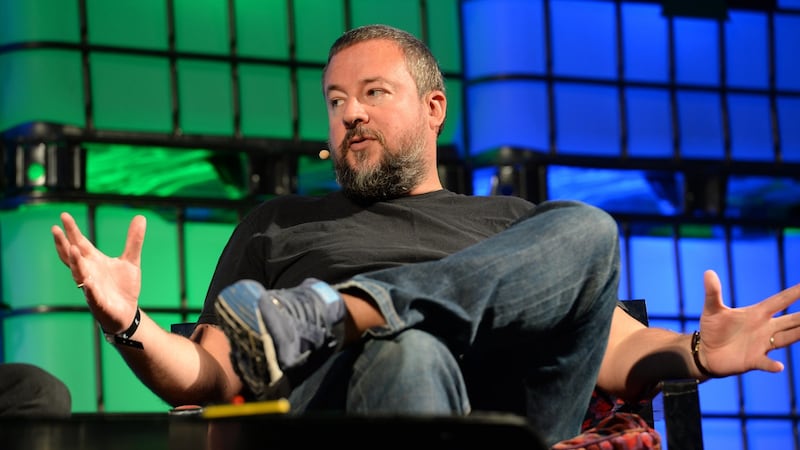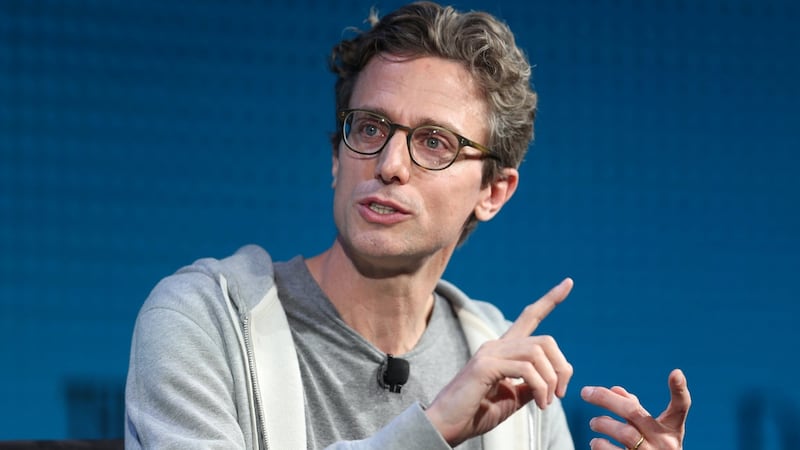It was supposed to be the year that digital publishers finally turned a profit.
After years of cost-cutting, consolidation, lay-offs and missed forecasts, venture capital-backed companies including BuzzFeed and Vice Media were on a stronger footing at the start of 2020 and feeling optimistic again as their businesses matured.
“We were coming into this year, as an industry, in the best place we had been operating in [for] a long time. A handful of companies had gotten big enough to feel like they had some control of their own destiny,” said Ben Lerer, an investor in BuzzFeed and chief executive of Group Nine Media, owner of The Dodo and Thrillist.
Then the pandemic struck, throwing these plans into disarray. Publishers faced an advertising climate not seen since the 2008 financial crisis. Suddenly, said Mr Lerer, “the question in a given week wasn’t how much money did we book. It was how much money did we lose?”

Forecast
BuzzFeed had forecast making a profit of about $30 million (€) this year – for the first time in its 14-year history - but is now striving to keep its annual loss below $20 million, according to sources. Group Nine had also expected to turn a profit in 2020 for the first time since it was founded in 2016, but now that was uncertain, said Mr Lerer.
Vice, which has cut costs significantly over the past year, has fared a bit better than rivals and is still on course to turn a profit this year, according to people sources.
But nobody has been spared entirely from the carnage of a crisis to which online publishers are particularly exposed. While groups such as The New York Times and the Financial Times have subscription revenue to cushion the blow, these digital media groups rely more on advertising that is volatile in a downturn.
It is a critical moment for a group of edgy, free-spirited enterprises that had revelled in old media’s flat-footed response to the internet age. Once heralded as the future of publishing, with a significant record of journalistic achievements to match, they are now thinking of ways to cling together to survive.
As publishers’ online advertising sales are expected to drop between 19 and 23 per cent this year, according to estimates from FTI Consulting, companies across the sector have slashed pay and jobs since March.
Vice laid off more than 150 employees, while Vox Media furloughed more than 100 workers and asked readers for donations. Group Nine laid off 7 per cent of staff, BuzzFeed has furloughed about 70 staff and Quartz cut 80 jobs. The Outline, which online publisher Bustle had acquired last year, was shut entirely.
The cuts come after the largest companies – BuzzFeed and Vice – had last year slashed their workforces by 15 per cent and 10 per cent, respectively.
Investments
These online media groups had attracted billions of dollars of investments in the expectation that they would become big players in the nascent digital ad market, but the dominance of Facebook and Google thwarted those plans.
This trend has only deepened during the crisis. Although the tech giants are now dealing with an advertising boycott, their first-quarter revenues defied investors’ fears of an advertising crash, as brands gave up pricier TV commercials and magazine spreads and flocked to their platforms.
“Every day that goes by it is just harder and harder to sustain this business. Everyone was pretty reliant on display advertising and they are just being squeezed out,” said an early executive in the sector. “To keep it afloat, you need scale [to offer better customer targeting]. But given what we’re competing against [Google and Facebook], the scale never seems enough.”
Even though Vice is still on track to be profitable, Covid-19 is expected to knock its advertising revenues by $70 million. Last year the group made a loss of about $50 million on $600 million in revenues.
The publisher that built a reputation for its edgy content and sway with millennials has spent the past year cleaning up shop under the direction of chief executive Nancy Dubuc, who took over from founder Shane Smith in 2018.
Ms Dubuc, a former television executive, has tightened costs, laid off hundreds of staff, purchased industry peer Refinery29 and renegotiated onerous deal terms with investor TPG.

Transformation
“We did so much transformation work in 2019, that we were in a pretty good place coming into this year,” Ms Dubuc said. She declined to comment on the group’s finances.
Still, Vice is constrained by TPG’s tough stipulations, which entitle the San Francisco-based private equity group to receive more stock if Vice misses profit targets. Down the line Ms Dubuc wants to find a buyer to take on TPG’s stake, but no talks are active and the company is not in danger of breaking any covenants with TPG, according to sources.. TPG declined to comment.
Even before the pandemic media groups sought alternative sources of revenue. Vice has expanded into television and movies through deals with HBO, a seven-year partnership that ended last year, as well as Showtime and international broadcasters. More recently, it sold projects to Netflix and Amazon. Digital news now makes up less than a quarter of its total revenues, according to people close to the situation.
BuzzFeed has also tried to diversify, opening a toy store in Manhattan and selling cookware through Walmart, while launching a paid membership scheme.
But the pandemic has made this mission more urgent, warns Ken Doctor, analyst at Newsonomics.
“They thought they had more time to develop these other [revenue] streams,” he said. “Now, they ran out of time. A downturn was inevitable [at some point] but nobody expected this.”
Further consolidation may be unavoidable. Jonah Peretti, founder and chief executive of BuzzFeed, sounded the alarm two years ago when he predicted the sector would need to band together to achieve the scale to compete with big tech.
Casualties
Since then there have been a number of casualties and deals. Vox bought New York Media, the company behind the flagship magazine and sites including Vulture and The Cut. Group Nine acquired PopSugar, Vice scooped up Refinery29 and Mashable was sold to Ziff Davis. Mic folded, as did Oath, Verizon’s ill-time digital media foray, and Tavi Gevinson’s Rookie.
BuzzFeed has received approaches from smaller companies but Mr Peretti does not want to sell, according to sources. He was focused on growing the company independently, one source said. BuzzFeed declined to comment.
Ms Dubuc forecasts that “deals that make sense will happen”, with the caveat that a lot of the weaker companies have “already shaken out”.
“M&A activity may not be as obvious as the collection of brands that everyone keeps talking about rolling up,” she said. Instead, she suggested that partnerships might form between publishers, giving them more clout to bargain with tech companies over advertising.
Mr Lerer described this moment as a “wake-up call” to become “self-sustaining, not on the back of venture capital money”.
“[ Covid ] will kill a lot of things in digital media,” he said. “But it probably reinforces the value that’s created for a relatively small group of companies that will make it out of this.” – Copyright The Financial Times Limited 2020










